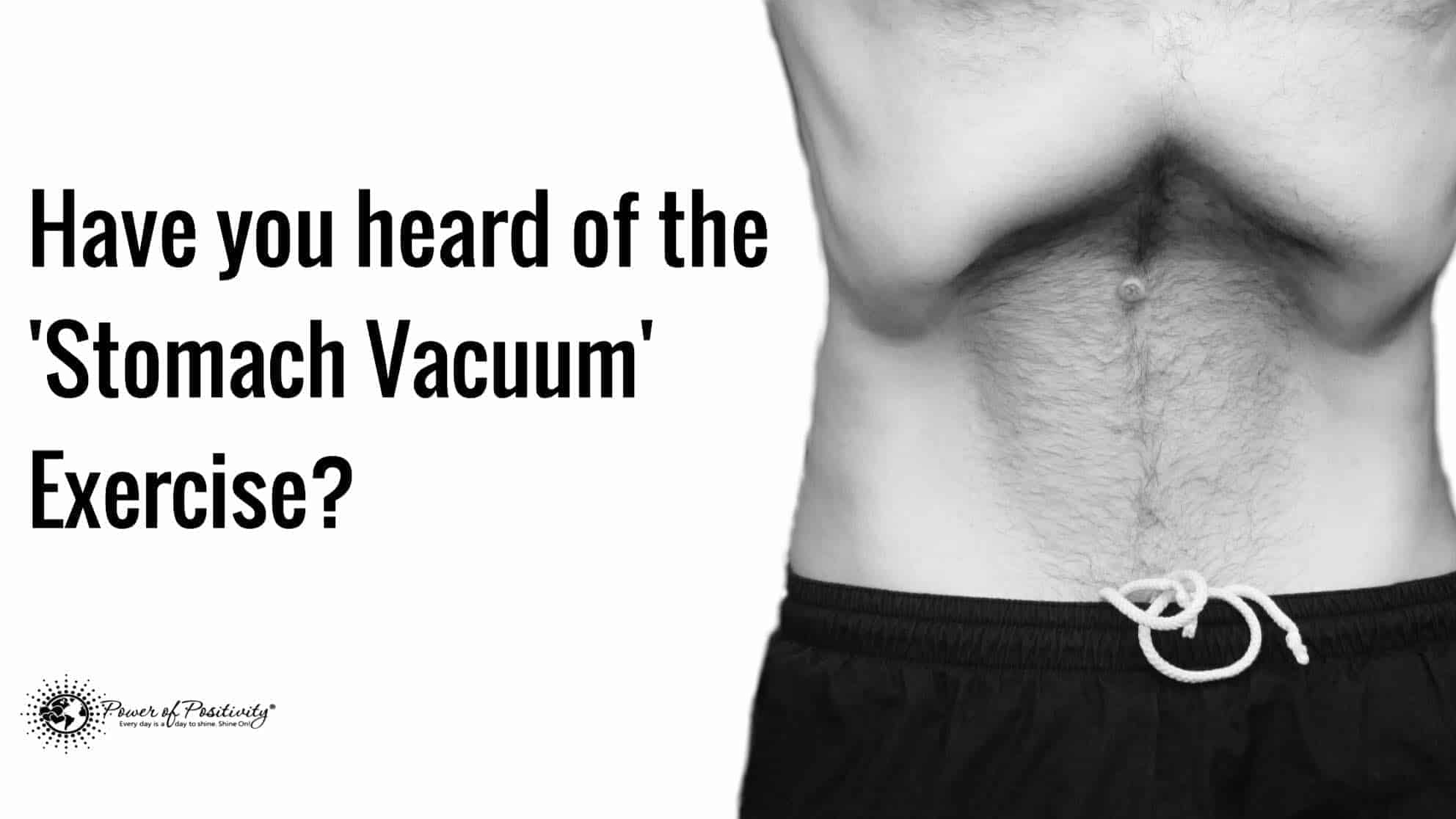Yogis are some of the fittest people on the planet. A yogi, or “one who performs yoga,” engages in a practice that involves connecting the body and mind on a very deep level. To sustain themselves both mentally and physically, yogis use a breathing technique called pranayama. This is one of those breathing exercises that have been around for a long time.
“Prana means life force or breath sustaining the body; Ayama translates as “to extend or draw out.” Together (they) mean breath extension or control.” – Yoga Journal
Yogis believe that the breath is incredibly powerful, containing the essence and energy of life. This vital life force is known by various names – “qi,” “ch’i,” and “ki” to name a few.
In the Western world, the concept of chi is looked at with a heavy dose of skepticism, and even disdain. As a result of this ignorance, we waste billions of dollars on substandard medical care every year, while something as simple as breathing exercises could make a huge diference.
Case in point: the United States, despite spending nearly $3,000 USD per person more on health care than any other country, ranks 37th. Who ranks first? France. The French, by the way, welcome proven forms of alternative care (e.g., acupuncture). The French also spend less than half per capita than the Americans.
Anyways, digression aside, breathing exercises have proven useful as a method of weight loss.
On that note, here are seven breathing techniques (with their proper names in Sanskrit) that can help you lose belly fat!
Seven Breathing Exercises that Help You Lose Belly Fat
Alternate Nostril Breathing (Nadi Shodhana)
- Sit in a comfortable spot with your spine and head straight.
- Comfortably relax your left hand, palm down, on your lap.
- With the right hand, rest your pointer and middle fingers between your eyebrows.
- Close your eyes and take a deep breath, inhaling and exhaling through the nose. Do this for 30 seconds.
- Close your left nostril with the left thumb and inhale, filling your lungs (slow and steady!)
- Following the full inhale, hold for a few seconds. Release.
- Repeat step 6, but this time close your right nostril with the right ring finger so that both nostrils are closed.
- Hold for a few seconds. Release and exhale.
- Repeat step 5, but with your right nostril closed. (The breathing sequence should be: left closed, both closed, right closed, repeat).
- Continue for 5 to 10 cycles. Concentrate your mind on following the breath for best results.
Abdominal Roll (Uddiyana Bandha)
- Stand or kneel down on a mat
- Exhale completely
- Closing the air passageway in your throat, perform a “mock inhale” with your chest. Relax your abdominal area.
- Hold the breath and attempt to inhale with your abdomen relaxed.
- Release the mock inhalation and allow the abdomen and chest to drop. Exhale and repeat for 3 to 5 cycles.
Diaphragmatic Breathing
- Begin by sitting comfortably or, if you are new to diaphragmatic breathing, lying on your back.
- Place your hands above the area of the diaphragm.
- Slowly inhale through the nose; feel your stomach expand underneath your hands.
- Exhale through pursed lips (like you’re blowing out a candle).
- Practice for 5 to 10 minutes. Pay attention to the flow of the breath to realize maximum benefits.
(The point here is to learn how to breathe correctly. Most people are “shallow breathers,” meaning that they breathe with their chest. Over time, this habit can drain our energy and increase stress. This is one of the breathing exercises that you can practice pretty much anytime.)
The “Bellow” Breath (Bhastrika Pranayama)
- Sit comfortably on a mat or chair, with your palms resting on the knees. Your spine and neck should be straight.
- Release the stomach muscles and close your eyes.
- Forcefully inhale and exhale. Experiment a bit until you find a breathing pattern that is swift and brisk, yet comfortable and rhythmic.
- Continue for 5 minutes.
The “Humming Bee” Breath (Bhramari Pranayama)
- Begin by sitting comfortably on a mat, legs crossed. Rest your palms on the knees. Straighten your spine and release all tension from your shoulders.
- Close your ears with the thumbs while resting your index fingers on the forehead. Use your middle and ring fingers to close the eyes.
- Keeping your mouth closed, slowly and deeply inhale and exhale while humming with your throat on the out breath. Pay attention to the vibration.
- Continue step 3 a few times. Return to the starting position as described in step 1.
- Repeat for 5 to 10 cycles.
Traditional Deep Breathing
- Sit comfortably on a chair or mat. Rest your hands on your knees or thighs. Straighten your spine and release all tension from your shoulders.
- With your eyes closed, breathe normally for about 60 seconds. Use this time to relax your forehead, eyes, jaw, and neck.
- Inhale deeply and exhale to a count of four. Pull your navel inwards, as if trying to connect it with the spine. Focus on your breath and your breath only.
- Continue the exercise for 5 to 10 minutes.
 The “Stomach Vacuum”
The “Stomach Vacuum”
- Lie down on a mat, arms rested naturally at your side with palms down. Keep your knees bent and feet flat on the floor.
- Exhale as much as you can while bringing your stomach inwards, as if you were attempting to connect the navel with the spine.
- Hold this position for 20 seconds.
- Release by inhaling through the nose and exhaling through the mouth. Repeat several times.
Closing Thoughts
At first, some of these breathing exercises might not come naturally to you. You may feel awkward while you are practicing them. Keep them up, however, and you will find great benefits in not only losing belly fat but also improving your ability to manage stress and maintain a more relaxed demeanor.
(C)Power of Positivity, LLC. All rights reserved
https://www.youtube.com/watch?v=lFdcCXmGpy4





















